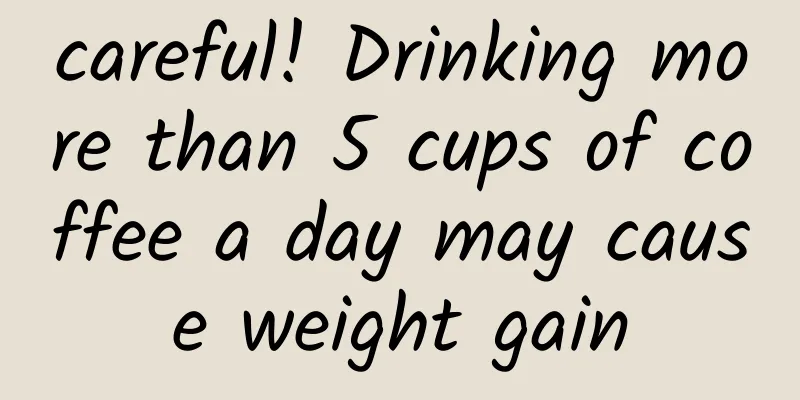What are the clinical symptoms of uterine fibroids?

|
The incidence of uterine fibroids is extremely high, which can easily cause infertility and other problems. Early detection and treatment of uterine fibroids can reduce the harm caused by uterine fibroids. So what are the clinical symptoms of uterine fibroids? Experts will introduce them. What are the clinical symptoms of uterine fibroids? Uterine fibroids usually have no obvious symptoms and are only occasionally discovered during pelvic examinations. The onset of uterine fibroid symptoms is closely related to the location, growth rate, and degeneration of the fibroids, but has little to do with the size or number of the fibroids. 1. What are the clinical symptoms of uterine fibroids? Menstrual changes: the most common symptom. Large intramural fibroids increase the area of the uterine cavity and endometrium, resulting in poor uterine contractions or excessive endometrial hyperplasia, which can lead to shortened menstrual cycles, increased menstrual volume, prolonged menstrual periods, irregular vaginal bleeding, etc. Submucosal fibroids often cause menorrhagia, and as the fibroids grow larger, the menstrual period is prolonged. Subserosal fibroids and small intramural fibroids often have no obvious menstrual changes. 2. Increased leucorrhea: Intramural fibroids increase the area of the uterine cavity, increase the secretion of endometrial glands, and are accompanied by pelvic congestion, resulting in increased leucorrhea. Submucosal fibroids suspended in the vagina are susceptible to infection and necrosis on their surface, producing a large amount of purulent and bloody discharge and necrotic tissue discharge, accompanied by a foul odor. 3. What are the clinical symptoms of uterine fibroids? Compression symptoms: Fibroids compress the bladder and cause frequent urination, urination disorders, and urine retention. 4. Abdominal mass: Patients often complain of abdominal distension and a mass felt in the middle of the lower abdomen. The mass is hard and irregular in shape. 5. Abdominal pain, backache, and lower abdominal distension: Patients usually have no abdominal pain, but acute abdominal pain occurs when the pedicle of the subserosal fibroid is twisted. When the fibroid turns red, the abdominal pain is severe and accompanied by fever. 6. Infertility: According to literature reports, it accounts for 25% to 40%. It may be that the fibroids compress the fallopian tubes and twist them, or deform the uterine cavity, hindering the implantation of the fertilized egg. |
<<: What's wrong with a small amount of menstrual flow and black color?
>>: What does uterine fibroids mean?
Recommend
What causes irregular menstruation
Irregular menstruation is a common physiological ...
What should I do if I have sex half a month after abortion?
What should I do if I have sex half a month after...
Does frequent sexual activity easily lead to cervical erosion? What should I do if cervical erosion recurs?
Patients with cervical erosion are mostly married...
Can I get pregnant if mycoplasma is positive?
It is possible to get pregnant if the test result...
How to treat chronic cervicitis in women? What gel is good for chronic cervicitis in women?
Chronic cervicitis is a very common gynecological...
Overeating during the New Year holidays causes a bulging waist and abdomen. Do fat-burning pillow exercises before going to bed
Do you want to eat endless delicious food during ...
What are slow calories and fast calories? "This" can prevent blood sugar fluctuations and help obese people lose fat
Everyone is familiar with "Calories", b...
What tests are needed for congenital absence of vagina?
What tests are needed for congenital absence of v...
Cervical hypertrophy exercise
The treatment of cervical hypertrophy can be impr...
How to check for female adnexitis
The examination of female adnexitis mainly relies...
What are the dangers of premature menopause for women?
Due to the fierce competition in modern society, ...
How to differentiate functional uterine uterine fibroids from functional uterine uterine fibroids?
Xiao Ping had been planning to have a child, and ...
What are the prevention methods for cervical hypertrophy?
Cervical hypertrophy is a type of chronic cervici...
How to treat bacterial vaginosis
I believe that most female friends are familiar w...
How much does it cost to cure pelvic peritonitis?
After suffering from pelvic peritonitis, women ar...









